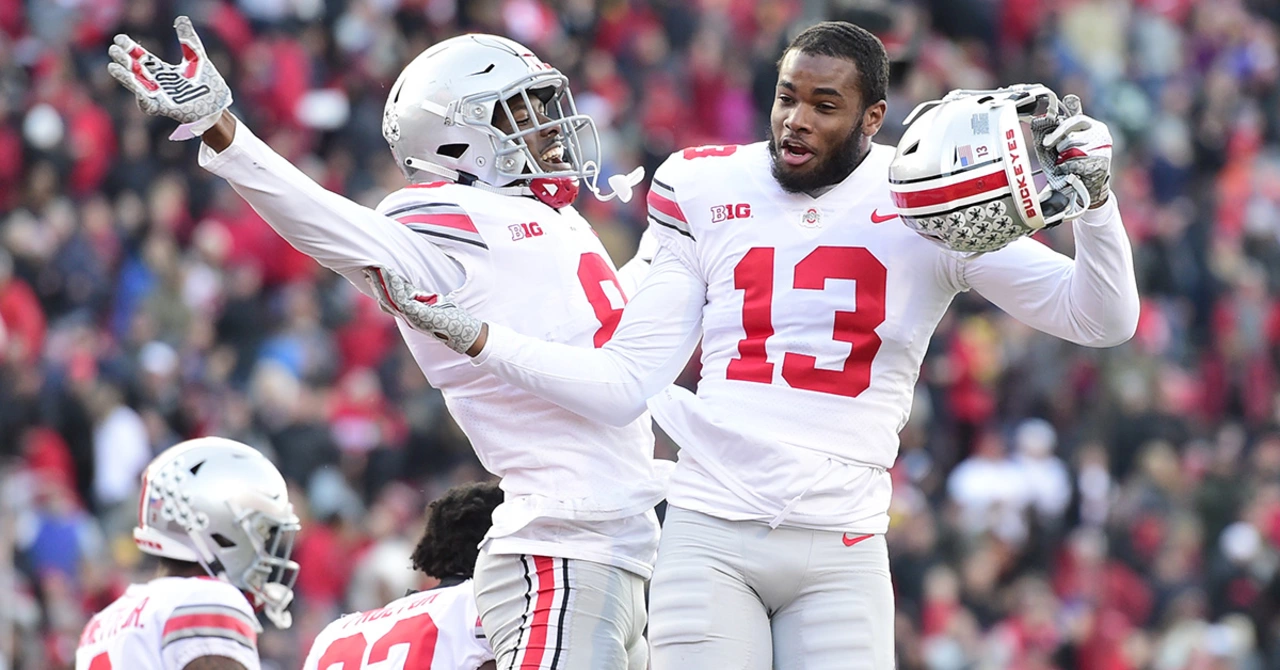College Football – The Ultimate Guide
When talking about college football, a fast‑paced, amateur version of American football played by universities across the United States. Also known as NCAA football, it operates under the National Collegiate Athletic Association, which sets rules, eligibility standards, and championship formats. The sport’s season culminates in bowl games, a series of postseason matchups that reward top teams with prestige and payouts. Behind the scenes, recruiting drives the talent pipeline, as high‑school athletes sign commitments to join college programs. Ultimately, college football feeds the NFL draft, shaping the professional league’s future stars. These elements together create a sport that blends education, competition, and big‑time entertainment.
The Structure and Culture Behind the Game
College football is split into divisions and conferences, each with its own identity. Division I‑FBS hosts powerhouse conferences like the SEC, Big Ten, and Pac‑12, while Division I‑FCS and lower divisions offer regional competition. Rivalry games, such as the Iron Bowl or the Michigan‑Ohio State showdown, ignite fan passion and generate massive media coverage. Scholarships provide athletes with tuition assistance, turning raw talent into student‑players who balance academics and rigorous training. Media rights deals broadcast games nationwide, creating lucrative revenue streams that fund facilities, coaches' salaries, and support staff. All these pieces work together, making college football a multi‑billion‑dollar ecosystem.
Understanding the sport’s mechanics helps you appreciate the stories you’ll read next. From the recruiting battles that start years before a freshman steps on campus, to the bowl season that caps a hard‑fought schedule, and finally the NFL draft where college standouts become professional prospects, each stage offers unique drama. Below, you’ll find articles that dive into recent headlines, player analyses, and the business side of the game, giving you a well‑rounded view of today’s college football landscape.

How does the college football playoff ranking system work?
As a college football fan, I've always been curious about how the playoff ranking system works. Basically, a 13-member committee selects and seeds the top four teams for the playoff based on performance, strength of schedule, and other factors. Every week, the committee releases updated rankings, leading up to the final selection on Selection Day. It's important to note that conference championships and head-to-head results play a significant role in the ranking process. While some might argue that the system is subjective, it does create excitement and intense competition throughout the season.
Read More


